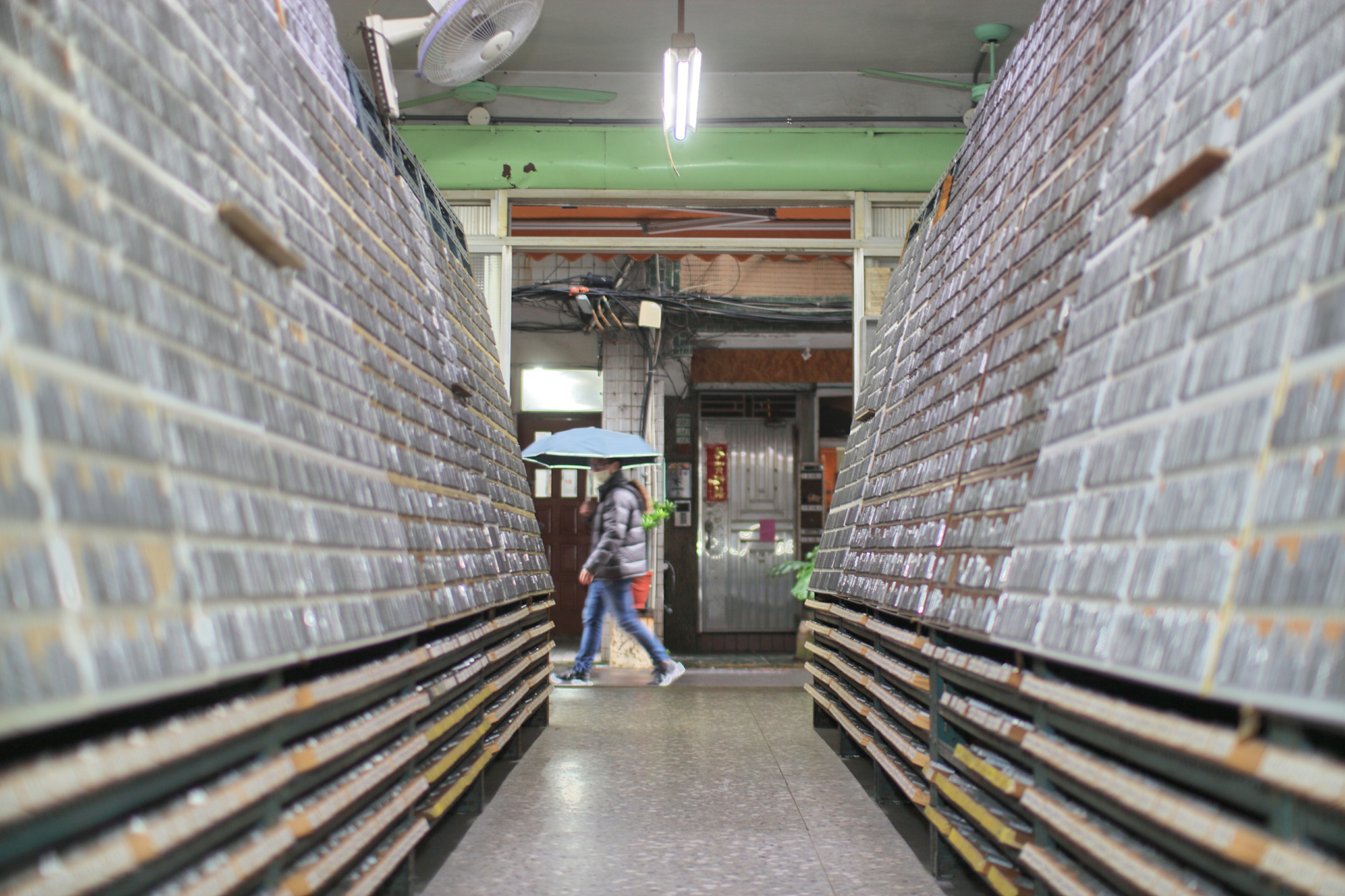台灣活版印刷興衰產業史
台灣活版印刷興衰產業史
活版印刷是指以鉛活字組合成活字版為核心的印刷技術。
西方的活版印刷術於1880年英國基督教長老教會將金屬活字印刷、銅版印刷帶來台灣,台灣長老教會公報的定期印製,對台灣印刷術的發展發揮了相當大的功能。1885年聚珍堂以羅馬拼音方式來對白話字進行編輯出版台灣府城教會報。1895至1945年日本治台期間,是活版印刷機具與技術的移植發展期。1898年,發行臺灣日日新報,引進了活版與石版印刷機臺。1923年台灣民報的發行造成閱讀人口增加,報業的大量印刷也造就了活版的盛行,但這時候印刷技術還是仰賴日方技術。1930年後,由台灣人經營的民間活版印刷廠包含普文、中南、逢源、羅印務館等成立,才慢慢造就台灣活版印刷事業的發展。1949年國民政府來台,由上海撤退來台灣的印刷資源產生了技術植入的多元化。1950年代美援計畫在台的各種建設推動,也直接影響了台灣印刷工業的技術發展的提昇。當時有句「嫁給印版尪,沒吃聞也香」,意味著台灣在1950到1970年代是活版印刷興盛時期,大多活版印刷廠都是天天加班,全年無休。
從上述我們可以歸納出活版印刷事業比較有系統的展開是在日本殖民統治期間,而從國民政府撤退來台帶來的印刷資源,與美國經濟支援讓台灣印刷科技具有競爭力,是台灣印刷盛期的開始。也可以說活版印刷的繁榮黃金時期。
活版印刷的榮景一直到1970年代自動化工業起步後漸成劣勢,1990年代開啟電腦數位資訊時期,活版印刷敵不過快速印刷的成本與效率,便漸漸失去了競爭的舞台,其後便成了平版與數位印刷的時代。但也許危機即是轉機,近年來隨著電腦繪圖及其排版軟體的普及,卻有一群人對有獨特特色的活字排版和活版印刷機產生興趣,有些是本身就一直喜歡活版的業餘愛好者,或是創作設計人才尋找新的突破缺口,又或者崇尚古典的文字美學,才鐘擺效應的轉向活版回歸趨勢,也因此活版鉛字印刷近年來的需求與設計創作不斷增長。
本節參考資料
引自中華印刷通史,第二十六章 台灣·香港印刷業的發展,內文提到兩本書台灣《印刷年鑒》1984年,魏尚敬《台灣印刷工業經營概況》
http://www.cgan.net/book/books/print/g-history/big5_12/26_1.htm
大中華印藝網
http://www.cgan.net/tech/materials/76988.html
Letterpress printing is a printing technique that primarily combines movable types.
In 1880, the Presbyterian Church of England brought movable type printing and copper printing from the Western world to Taiwan. Afterwards Taiwan Church News was printed at regular intervals that really stimulated the development of letterpress printing industry in Taiwan. In 1885, Treasure Hall (Chū-tin-tông) typeset and published Taiwan-fu Church News in the romanized Pe-hoe-ji writing system. During the Japanese colonial period from 1895 to 1945, it was an era when letterpress printing machine tools were imported into Taiwan and the letterpress printing technique was transplanted to Taiwan.
In 1898, Taiwan Ri Ri Xin Bao was issued. At that time, letterpress printing machines and lithographic printing machines were imported. In 1923, the number of newspaper readers increased because of the publication of Taiwan People News. Bulk printing of newspapers ushered in the heyday of letterpress printing. At that time, letterpress printing industry in Taiwan still relied on technical support from Japan. After 1930, Taiwanese people started to found their own private letterpress printing plants, including Pu-wen Foundry, Chung NaN Type Foundry, Feng Yuan Foundry and Feng Yi Printing Shop and so on. At that time, these private letterpress plants boosted the letterpress printing business.
In 1949, the Nationalist Government relocated to Taiwan. The printing experience and printing technique developed in Shanghai were brought to Taiwan and diversified the printing industry. In the 1950s, the U. S. aid promoted infrastructural development in Taiwan and directly enhanced the development of letterpress printing technique. There was a saying, “If you marry a printing master, you have no worries about food and clothes.” It meant that the heyday of letterpress printing was between the 1950s and 1970s. Most letterpress printing plants worked overtime every day, 24/7.
From above, we could find out that letterpress printing business in Taiwan became more systematic during the Japanese colonial period. Letterpress printing technique in Taiwan became more competitive because the Nationalist Government brought the printing experience and printing technique to Taiwan, and the U. S. offered financial support. Afterwards the heyday of letterpress printing in Taiwan began. We could say that it was the golden age of letterpress printing as well.
Until the 1970s, the automation industry took off and letterpress printing industry declined. In the 1990s, the digital era began. Letterpress printing was not able to keep up with digital printing’s low cost and high efficiency and gradually lost competitiveness. Afterwards it was the era of offset printing and digital printing. But a crisis is also a turning point. In recent years, with the growing popularity of computer graphics and typesetting software, a group of people have been showing their interest in letterpress printing and letterpress printing machinery. Some of these people are amateur letterpress printing masters. Or others are designers who search for a creative breakthrough or a return to the classic letterpress printing. Therefore, there are increasing demands for letterpress printing and design.
基本資訊
關鍵詞
0則留言
本網站使用Cookies收集資料用於量化統計與分析,以進行服務品質之改善。請點選"接受",若未做任何選擇,或將本視窗關閉,本站預設選擇拒絕。進一步Cookies資料之處理,請參閱本站之隱私權宣告。




